If you are looking wholesale lighting solutions, click here.
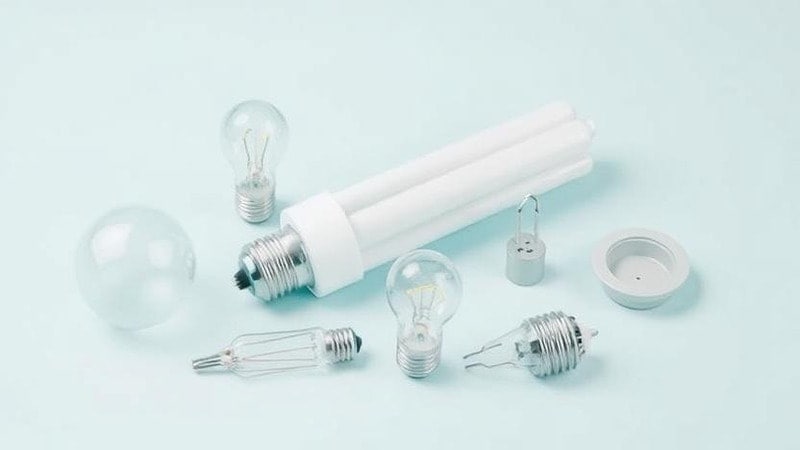
Are you wondering which light type to choose for your project? Fluorescent lighting is a popular and energy-efficient option for various lighting needs in homes, businesses, and commercial spaces.
In this guide, we’ll explore the types of fluorescent lights, how they work, their benefits and drawbacks, and the best use cases to help you make an informed lighting choice for your space.
A fluorescent lamp is also known as a fluorescent tube or bulb. It is a gas-discharge lamp that generates visible light by fluorescence. It’s composed of low-pressure mercury vapor.
The vapor emits ultraviolet UV light when activated. The ultraviolet light interacts with a phosphor coating inside the tube. Thus transforming it to visible light.

Fluorescent lamps are far more efficient than incandescent bulbs. They have a luminous efficacy of 50-100 lumens per watt. Because of their high efficiency, they are used as general lighting in office spaces, industrial, and residential applications.
While LEDs have outperformed fluorescent lamps in terms of energy savings. They continue to be widely utilized due to their low price as well as their reliability.
A fluorescent light bulb is a gas-discharge lamp that produces light by fluorescence. It is made up of a sealed glass tube filled with mercury vapor and inert gases. The tube also has a phosphor fluorescent coating inside. When electricity flows through the gas, it produces ultraviolet radiation.
The UV photons act as the light source. When they react with a phosphor coating, they are converted into visible light. The common incandescent bulb generates light by heating a filament. Fluorescent lights produce light more effectively while remaining cooler.
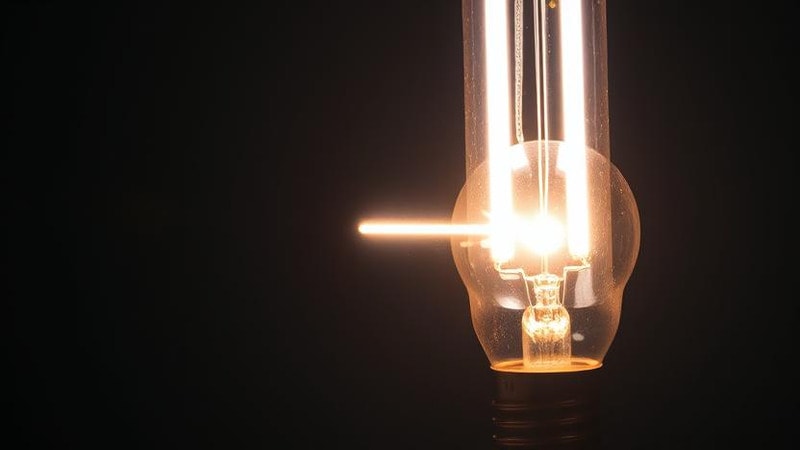
Compared to LEDs, fluorescent lights consume more energy and have a shorter lifespan. Yet they are still commonly used in workplaces, schools, and commercial settings due to their low cost.
The process of light generation from a fluorescent lighting fixture is not that complicated. Electronic ballasts are used to pass an electric current. As you turn on the power, a current of set voltage passes through mercury atoms sealed inside the tube.
The excited electrons emit ultraviolet light. This UV light is invisible to the human eye. However, when they react with the phosphor coating, a visible light with full brightness is emitted.
These bulbs can emit light in a variety of color temperatures. This chance depends on the type of phosphor used in the bulb. Some phosphors produce a cool white light.
While others create a warmer, yellowish glow, this method allows fluorescent lamps to produce bright, energy-efficient illumination with minimal heat output.
This interaction produces visible light. However, unlike incandescent lights that work by heating a filament, fluorescent lamps work efficiently by using this chemical reaction, which produces much less heat.

Fluorescent lamps are made up of several critical components. All of which work together to produce light effectively. The main component is the glass tube or bulb.
It contains a small amount of mercury vapor as well as an inert gas like argon or krypton. The color of the emitted light is determined by the phosphor coating on the tube’s inner walls.
The term “fluorescence” is derived from the mineral fluorite, which produces a similar luminous effect. The structure also contains a cathode and an anode for electrical conduction. The system relies on ballast for a consistent electrical supply.
Fluorescent lighting is classified into several varieties, each of which is best suited for a specific use. The two major types are linear fluorescent tubes and compact fluorescent lamps (CFLs).
The linear fluorescent tubes are large, cylindrical tubes. These are often utilized in business environments, including offices, schools, and warehouses. They give brilliant, even illumination and are commonly found in overhead fixtures such as troffers.
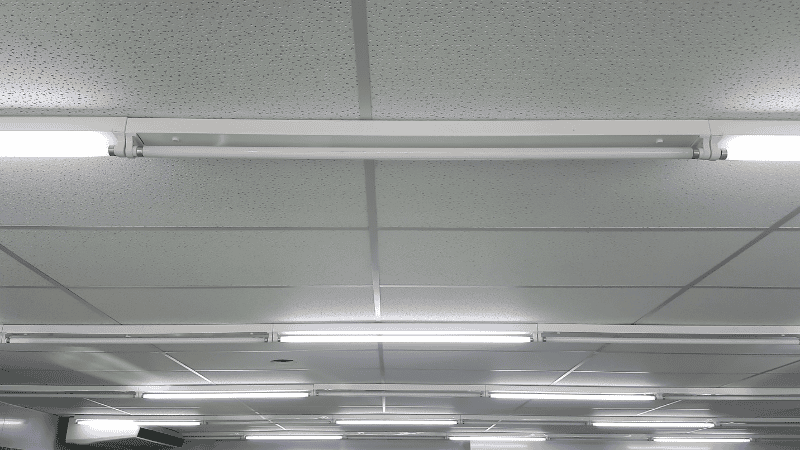
Compact fluorescent bulbs or lamps are tiny fluorescent lights that fit into ordinary incandescent sockets. They come in a variety of shapes, including twin tube, triple tube, and circular variants.
CFLs utilize around one-third of the energy of incandescent bulbs. Thus making them an affordable option for home and business lighting projects.
Fluorescent lighting is the go-to option for high-ceiling environments such as warehouses, retail stores, offices, and schools due to its energy efficiency and long lifespan.
For instance, T5 and T8 fluorescent tubes are commonly used in offices to provide bright and even lighting, while CFLs are often used in home lighting fixtures.
Fluorescent lighting is the preferred option because it provides savings and low initial expenditure. Fluorescent lights consume less energy than incandescent bulbs while giving more brightness. This makes them perfect for big indoor lighting with extended operation hours.
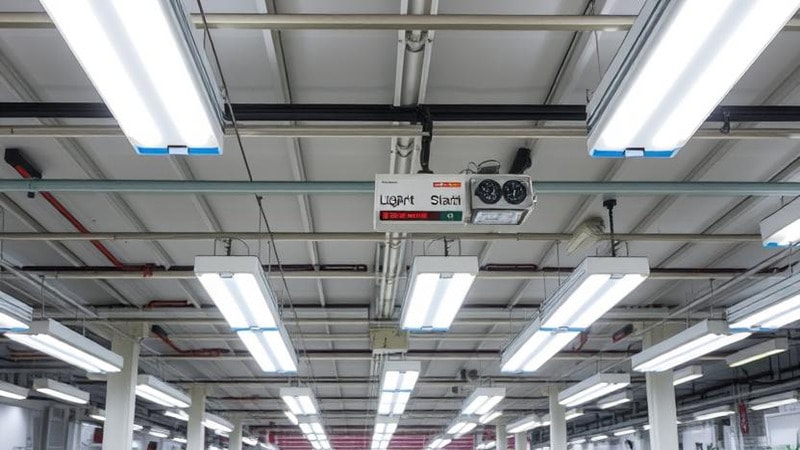
Fluorescent bulbs are also utilized in educational institutions, parking garages, and supermarkets to improve visibility and safety through efficient illumination.
Fluorescent lights are not the most advanced option for lighting available on the market. However, they do have their pros and cons. Let’s explore their advantages and disadvantages so you can make an informed decision for your business.
Fluorescent lights are highly energy-efficient, consuming up to 75% less energy than incandescent lights. Their long lifespan lowers maintenance and replacement expenses.
They offer a wide range of color temperatures, from warm to cool lighting, making them versatile for various environments, such as perfect for offices, schools, and large commercial settings.
One significant disadvantage is their environmental impact. Fluorescent bulbs contain mercury, which can be deadly if damaged or incorrectly disposed of. The initial cost is also more than incandescent bulbs, but the long-term benefits outweigh the cost.
In addition, some people prefer the warm glow of classic lights to the cool light of fluorescent bulbs. They can experience color shifting over time, affecting the brightness and consistency of the lighting.
Fluorescent lighting is a common choice, but how does it compare to other lighting options? Let’s look at the differences between LED and incandescent lights.
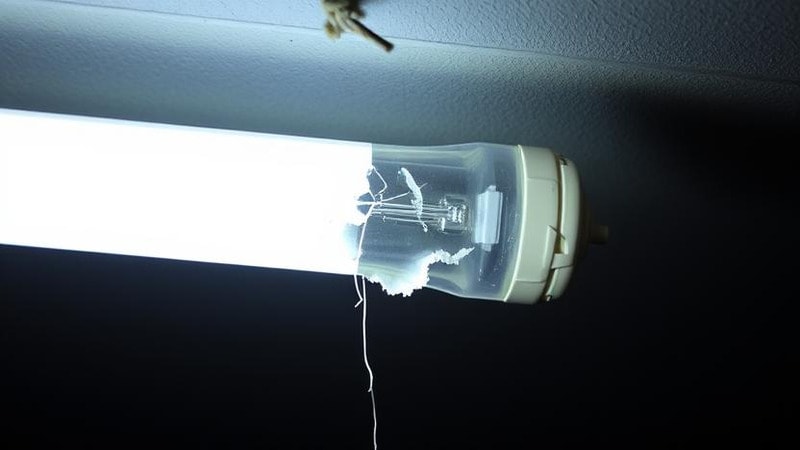
LEDs use 50% less electricity than fluorescent lamps, making them a more energy-efficient option. LEDs also live far longer, often 50,000 hours or more. As opposed to 10,000–15,000 hours for fluorescent lights.
Furthermore, LEDs do not contain mercury, making them an environmentally friendly option. All in all, switching from fluorescent to LED might be beneficial.
Fluorescent bulbs consume 75% less energy than incandescent bulbs, making them an economical choice for companies and homeowners.
However, incandescent bulbs emit a warmer light and contain no harmful elements, such as mercury. Fluorescents last 8–10 times longer than incandescent bulbs, resulting in lower replacement costs.
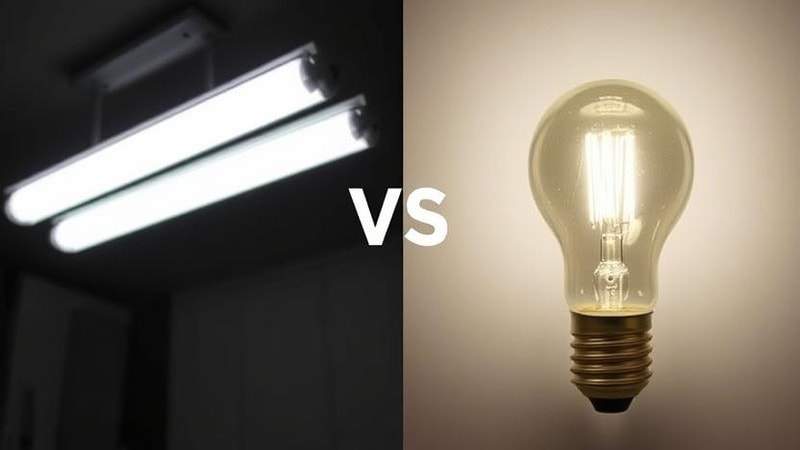
Fluorescent bulbs are widely utilized in companies, retail establishments, warehouses, and even some households. However, because they contain mercury, they must be handled with caution and disposed of properly.
Using certified recycling services promotes safe and environmentally responsible disposal of fluorescent lights.
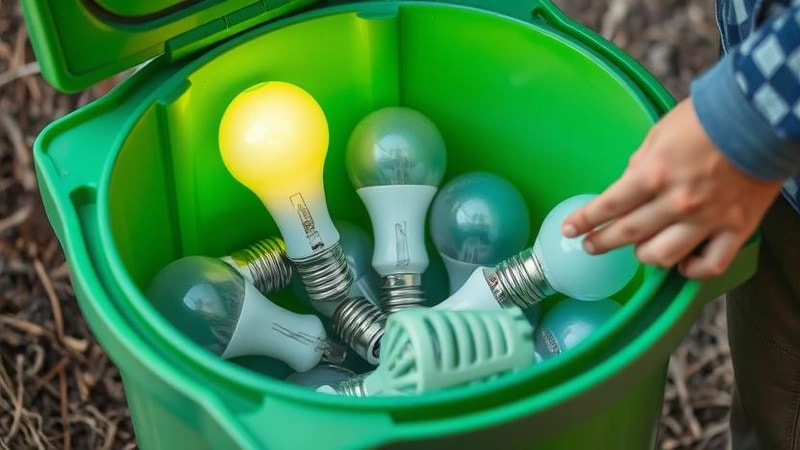
Fluorescent lighting is still a cost-effective and energy-efficient option for businesses and commercial spaces. They are perfect for businesses, warehouses, and retail establishments since they last longer and consume less energy than incandescent bulbs.
However, due to the high mercury level, careful disposal and recycling are required. Understanding the benefits and applications of fluorescent lighting will allow you to make informed lighting decisions.
As the lighting industry continues to evolve, you must stay ahead by choosing lighting solutions that balance efficiency, longevity, and sustainability. At Risun Corp., we specialize in high-quality fluorescent lighting solutions tailored for commercial and industrial needs.
Considering fluorescent lighting for your next project? Contact us for personalized advice on selecting the right lighting solution for your commercial or residential needs to improve your business.
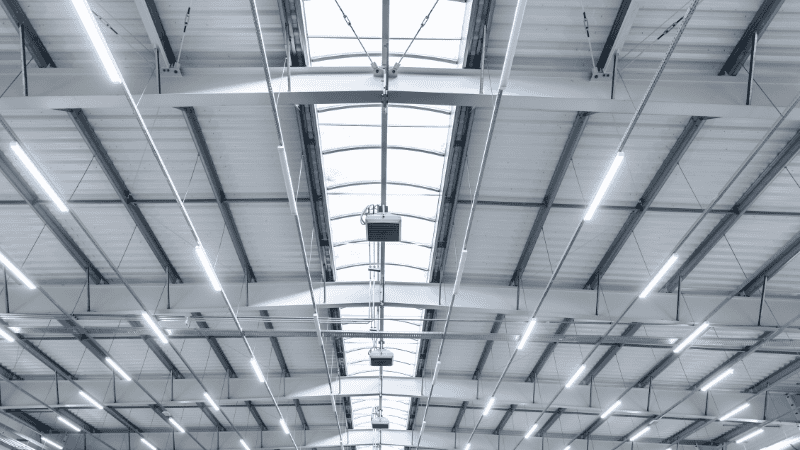
A. Fluorescent lamps work by passing an electric current through mercury vapor inside a glass tube. This process generates UV light, which then excites the phosphor coating on the tube’s inner surface, producing visible light. The ballast regulates the current to maintain a steady light output.
A. It offers higher energy efficiency than incandescent bulbs. Moreover, it lasts 8–10 times longer than regular bulbs, thus reducing replacement costs. It provides bright and even light with consistent, high-lumen output, ideal for workspaces and large areas.
A. The mercury content is the most significant drawback of fluorescent lighting. Because of this, the bulbs require special disposal. Some models may flicker or take time to reach full brightness. Moreover, the light emitted can feel harsh compared to warm incandescent lighting.
A. Fluorescent lamps should be disposed of through certified recycling programs to prevent mercury contamination.
Many hardware stores, municipal waste facilities, and specialized recycling centers accept fluorescent bulbs for proper disposal. Never throw them in regular trash to avoid environmental hazards.
Comprehensive Lighting Solutions for MRO Wholesalers and Professionals
send your inquiry
Hi, I'm the author of this post, and I have been in this field for more than 15 years. If you want to wholesale lighting fixtures or lighting related product, feel free to ask me any questions.
Learn More >>Download our catalog to view all of our lighting products.
Ready to get started ?
Send Your InquiryOur team will get back to you promptly

please
download
Get notified about new products
Our team will get back to you promptly!
Add your first comment to this post